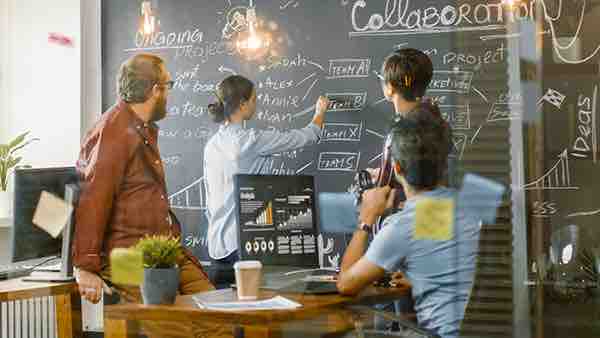Characteristics of Project-Based Learning (PBL) Reflection

Reflection in Project-Based Learning (PBL) is a critical component that helps students internalize what they have learned, understand the process they have gone through, and consider the implications of their work. The characteristics of effective reflection in PBL include:
- Continuous and Iterative: Reflection should occur at multiple points throughout the project, not just at the end. This allows students to think about their ongoing learning, make adjustments, and understand the development of their thoughts and skills over time.
- Guided Yet Personalized: While reflection can be guided by questions or prompts provided by the teacher, it should also be personalized. Students should have the opportunity to reflect on aspects of the project that are particularly meaningful or challenging to them.
- Critical and Analytical: Effective reflection requires students to critically analyze their experiences. This involves evaluating the decisions they made, the strategies they used, and the outcomes they achieved, as well as considering what they might do differently in the future.
- Integrative: Reflection in PBL should integrate both the content knowledge and the skills learned. Students should think about how the project helped them understand the subject matter better and how it developed their skills in areas like research, collaboration, problem-solving, and communication.
- Honest and Authentic: Good reflection requires honesty. Students should feel safe to express both successes and failures, understanding that the reflective process is a learning experience in itself, not a judgment of their performance.
- Connected to Learning Goals and Outcomes: Reflection should be tied to the learning goals and outcomes of the project. This helps students make connections between their activities and the intended learning objectives.
- Forward-Looking: While much of reflection is about looking back, it should also be forward-looking. Students should consider how what they have learned applies to future projects, other academic subjects, or even their life outside of school.
- Dialogic: Reflection can be enhanced through dialogue, either with peers, teachers, or mentors. Discussing their reflections with others can help students gain new perspectives and deeper insights.
- Documented: The reflection process should be documented in some way, whether through writing, discussion recordings, digital portfolios, or other means. This documentation provides a record of the student’s learning journey and can be a valuable resource for future reflection and learning.
- Varied in Format: Reflection can take many forms, including written narratives, journals, blogs, discussions, interviews, presentations, or artistic expressions. Offering various formats can cater to different learning styles and preferences.
- Focused on Personal and Professional Growth: Reflection should encourage students to consider their personal and professional growth. This includes thinking about how they have developed as learners and individuals, and how the skills they have gained might be applied in future academic or career contexts.
Incorporating these characteristics into the reflection process in PBL ensures that students gain a deeper, more comprehensive understanding of their learning experiences, contributing to their overall development as reflective and effective learners.